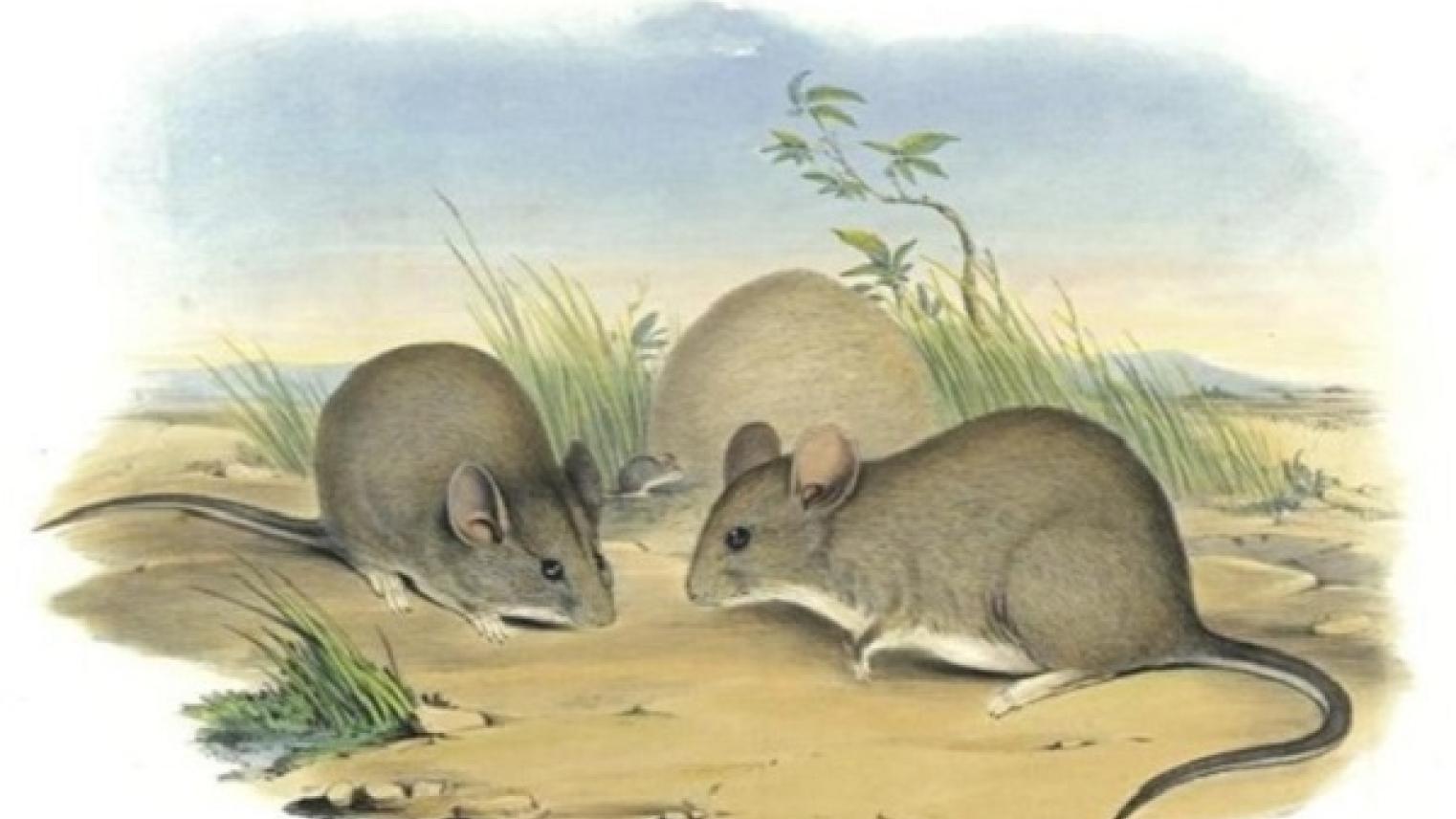Time: 1pm AEDT
Date: Monday, 25 March 2024
Venue: Online only via Zoom
Meeting ID: 826 6674 3552
Passcode: 849925
Speaker: Annie Kraehe
The late Pleistocene is an interesting but poorly understood period of Australia’s history. Rodent midden analysis, a key tool for understanding Pleistocene ecology globally, has had limited success in Australia, with no findings predating 11 ka. However, these studies were limited, and many areas of Australia remained unsampled. Several Pleistocene-age middens have since been identified in the Pilbara, with the oldest dated at 32 ka.
My PhD explores the factors that may have led to the substantial age discrepancy between the Pilbara middens and all other dated rodent middens in Australia. These include sampling bias, geology, disturbance, and temporal variation in distribution due to changing climate. I hypothesise that variations in species presence and deposition (not preservation alone) limit the maximum age of rodent middens in some locations. To test this, I have been using ArcGIS software to collate and map Leporillus fossil data from various sources, including museum collections, publications, and unpublished field notes. I will use these data, along with modern climate data, to create Species Distribution Models. These can then be integrated into palaeoclimatic datasets to create palaeo distribution models. Palaeo distributions can then be mapped alongside other variables to identify regions with the highest probability of preserving Pleistocene middens. This will then be verified with intensive sampling and analysis in the selected area.
My research aims to establish rodent midden analysis as a valuable tool for reconstructing Australia's Pleistocene ecosystems, potentially offering new insights into this poorly understood epoch.
